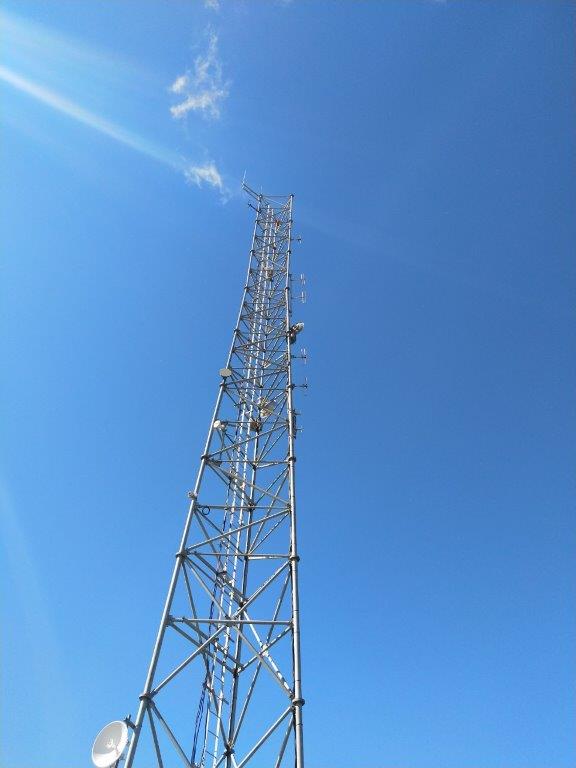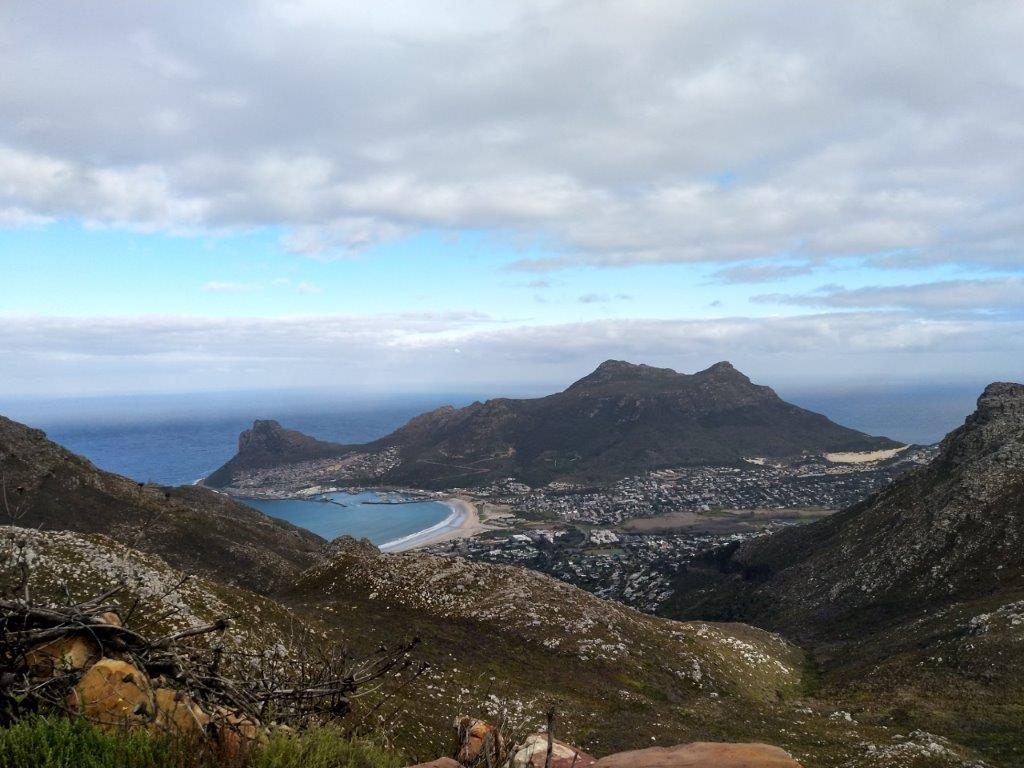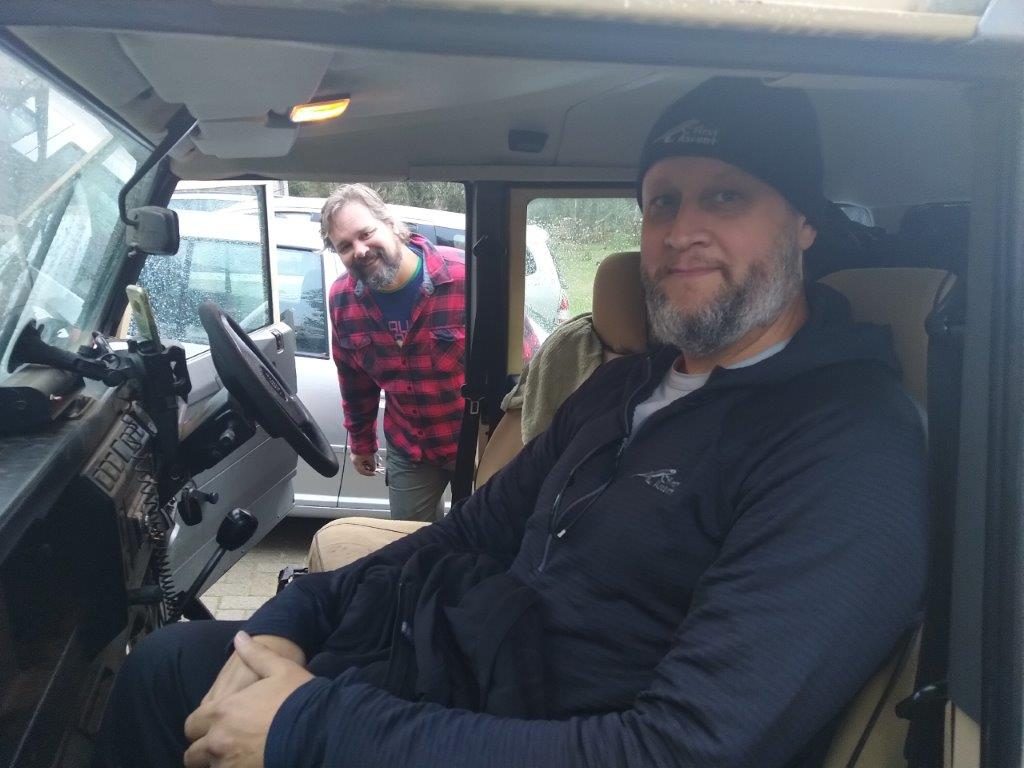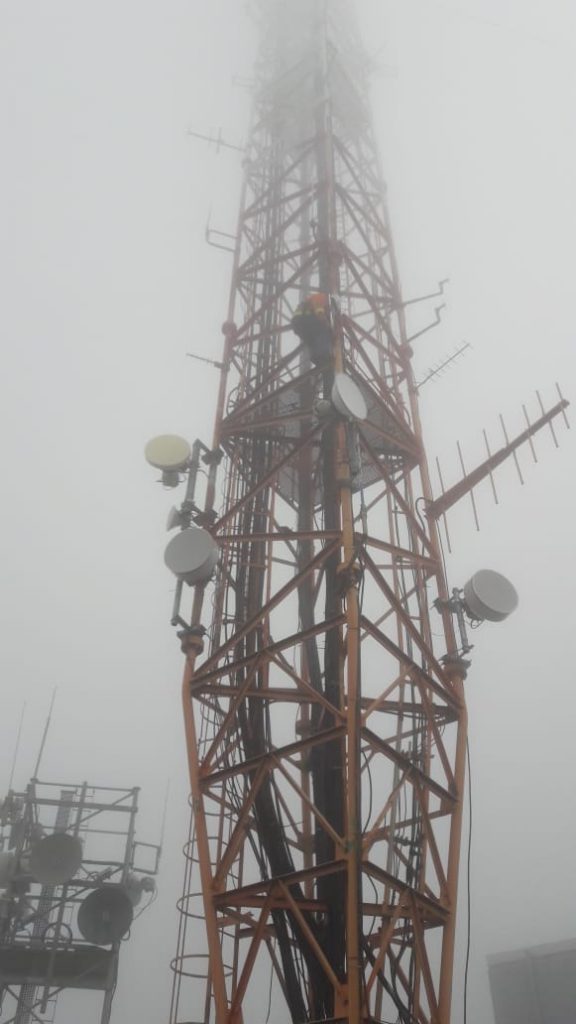Meetup at gate (at tar road) +_ 09:00.
Drove up.


VHF Repeater
Connected a test repeater direct to duplexer (By passed all filters and pre amp except duplexer). Repeater was set at 0.22uV to open.
Received ZS1GVW with lots of rain on signal (ZS1GVW running 20w)
Received ZS1GVW clear (ZS1GVW running 60w)
Did receive some interference on RX.
Tested if CTCSS was a good enough filter (Confirmed).
Local RF noise suspected to be around 0.3uV
Removed 1 can from Celwave cavity set and retuned for 145.750 (-0.58dB insertion loss)
Replaced VHF Engineering Bandpass filter with Celwave cavity (Insertion loss moved from -2.7dB to -.58 dB)
Bypassed one of the two cavity bandpass filters in RX side (left -0.97dB)
Reconnected the installed PYE repeater.
Power after duplexer up by 60% +_ 15W output now.
UHF repeater:
Checked all cables.
Fixed N-male connector on RG214 between duplexer and repeater in RX path)
Retuned duplexer (434.625 -0.79 dB / 433.025 -1.38 dB / 102 dB isolation)
Placed duplexer back.

Measured power and SWR:
Repeater output 30W SWR 1
After circulator 27W SWR 1
After duplexer 22W SWR 1 (With dummy load)
After duplexer 22W SWR 1.4 (With antenna)
Tested sensitivity direct on repeater (3.5uV)
Investigated repeater. In process of investigation sensitivity went down to 0.55uV, but lots of rain) Could not measure 12db sinad, but suspect it to be around 5uV (the by ear test).
Sensitivity was at 0.55uV at end.
Finshed around 14:30 and drove down.
Summary
More thinking will need to be done about Heliax state.
VHF Repeater
TX side: improved output by swapping out band pass filters (2.1 dB improvement, output now 15W)
RX side: removed 2 cavity bandpass filters (improved RX by 3.63 dB)
UHF Repeater
TX side: improved by 0.83 dB
RX side: improved by 4.7 dB
UHF repeater is not healthy.
TODO:
Investigate Antenna options VHF
Investigate why 1.4 SWR on UHF
Decide on Feeder
Think about linking
Service UHF Repeater


































